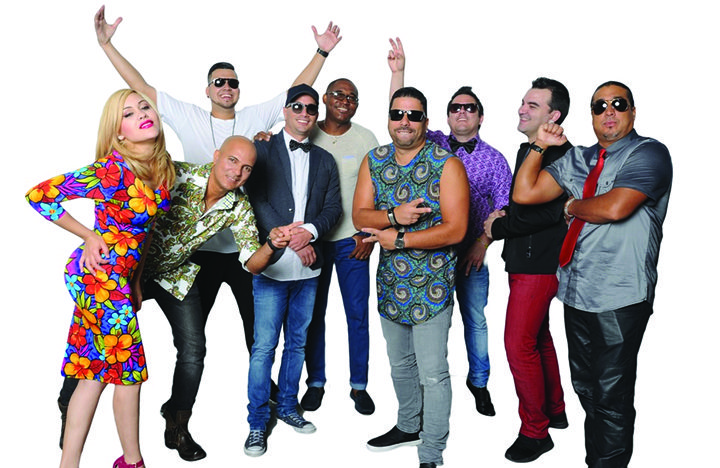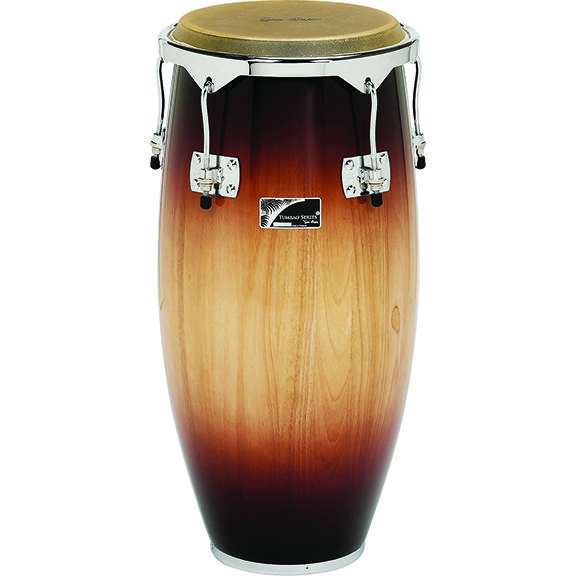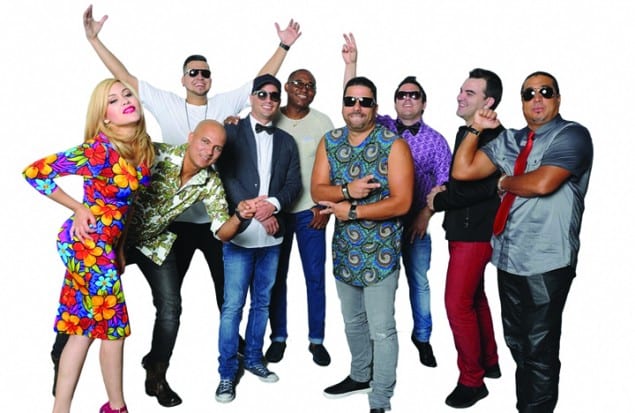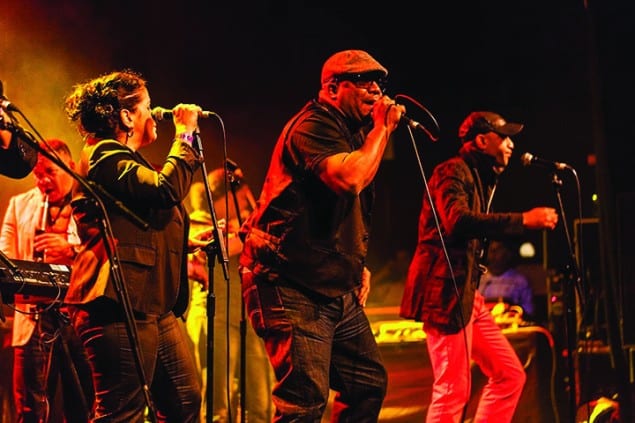The musical style called Timba had its roots with Juan Formell and Los Van Van, its trunk with Irakere, and its leaves with NG La Banda. Still going strong after a quarter century, Los Van Van has spun off singers, pianists and percussionists with sufficient production to create a genre unto itself called Timba. It is, unlike its more global, more deeply rooted cousin salsa, definitively Cuban. Therefore, it has also become definitively Miami, as evidenced by local bands like Timbalive who just graced the stage for MDC’s Live Arts, Little Havana Social Club at the historical Koubek, and at Brickell’s swanky El Tucán.
Zeal is the province of the convert. A few months ago, the change came suddenly to the air above my ears. Where funk, soul, and hip hop once reigned, a great migration to salsa and timba mutated. No more Charlie Wilson on the turntable. I downloaded Charlie Aponte. Michael Jackson’s Smooth Criminal was off the 8 track; Maykel Fonts stepped in along with Sonido Criminal. I replaced Hot 8 on the iPod; I added La Maxima 79 and Bloque 53 to the iPhone. Off went the El Debarge cassette. On came El Mola. Forget Trombone Shorty; meet Tromboranga. Bye bye Timbaland. Hola Timbalive!
If you have listened to as much Latin music as I have in the past few months, I imagine your partner must be frustrated. I squarely blame Kurt Elling for sampling Ibrahim Ferrer’s Si Te Contara at Cutler Bay’s Cultural Arts Center a few years ago. More recently, my wife salsa-shamed me, workplace colleagues told me their Havana high school Rueda stories, SalsaCraze at the U seduced me, and the internet trapped me. The result? Shout “Ahi nama,” and call me newly baptized.
You hear “Ahi nama” repeatedly with today’s Latin music. It is Cuban slang which means something related to aqui nada mas, or “Look out everybody – here it is – there is nothing more – this is the ultimate…” During Timbalive’s version of De Miami a la Habana, it’s right there in the lyrics, but it doesn’t stop there. It’s all over the salsa scene.
In Miami, we embrace tumbao as well – the pulse, the salsero’s sensuality, swag. It’s everywhere, too. Una otra palabra, Guaguancó, has its dictionary roots in complicated technical explanations regarding rhythm. It has morphed though, and is now better interpreted as the hot, spicy, swinging sounds you cannot stop grooving to.
It is difficult to fully grasp exactly what constitutes timba, a sort of Cuban incorporation of a number of variants, among them staccato horn lines, Afro-Cuban influences, and innovative approaches. Like many ideas, along with tumbao, guaguanco, and ahi nama, timba has a number of uses but no specific definition. Therefore, it remains fluid, and increasingly global. Calle Real comes out of Sweden. In Italy, El Timba and Fabio Gianni produced something called Guaguamambo.
In Miami, El Tumbao, Manolin El Medico de la Salsa, and others have roots, but these days, Timbalive rules the roost.









